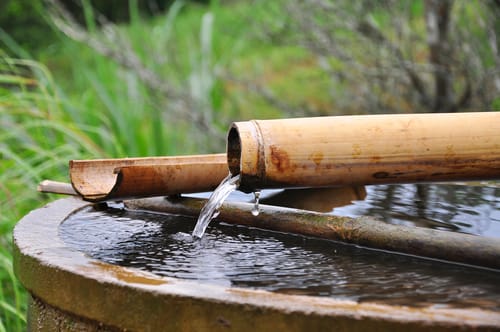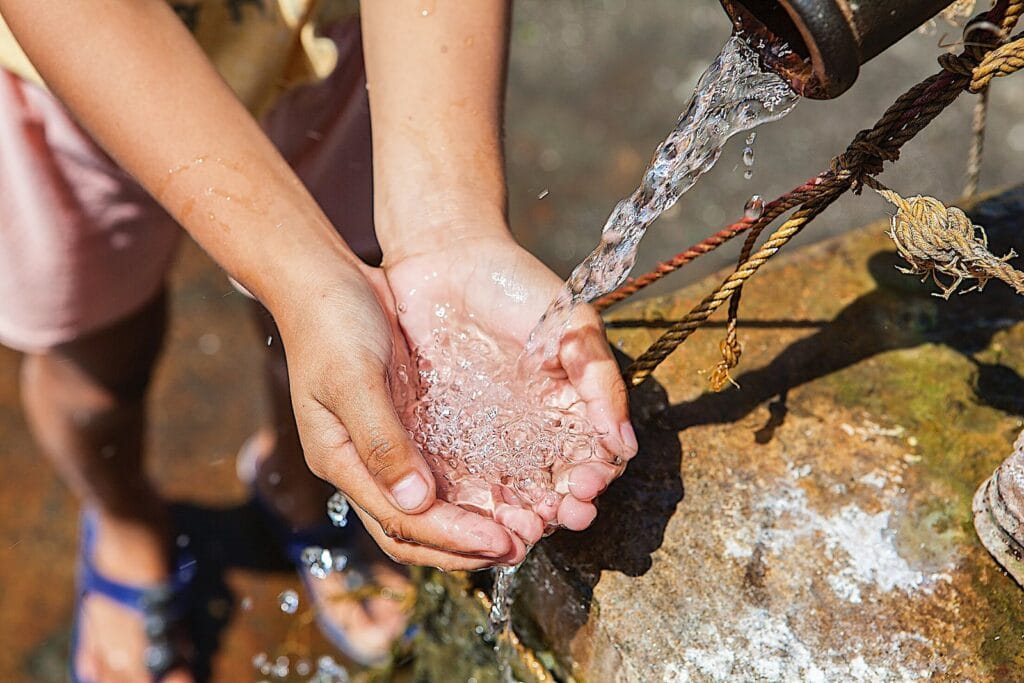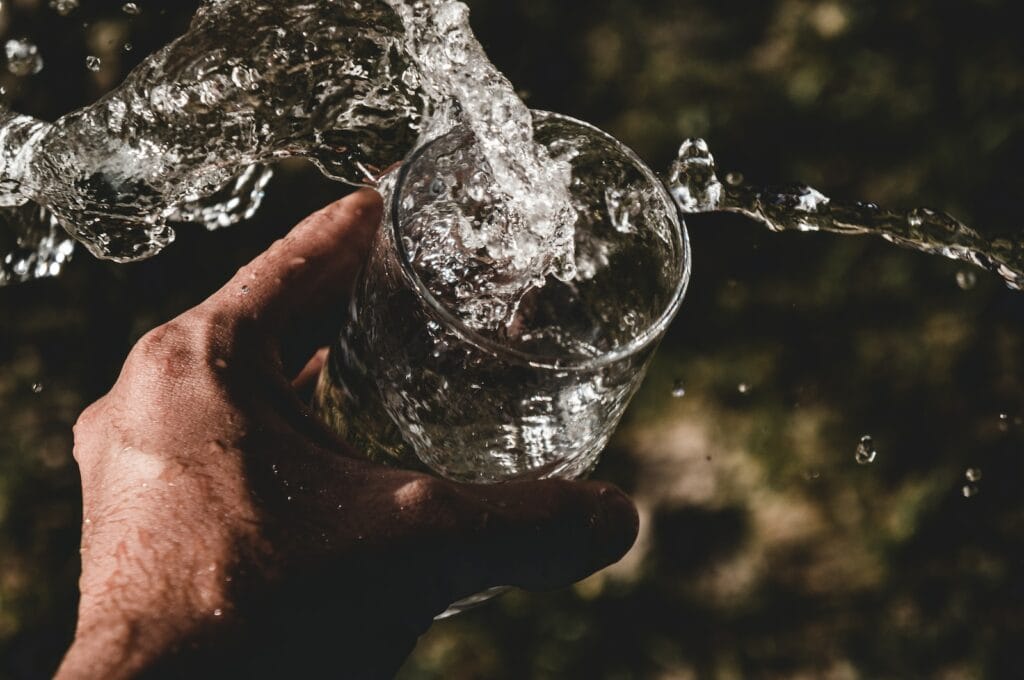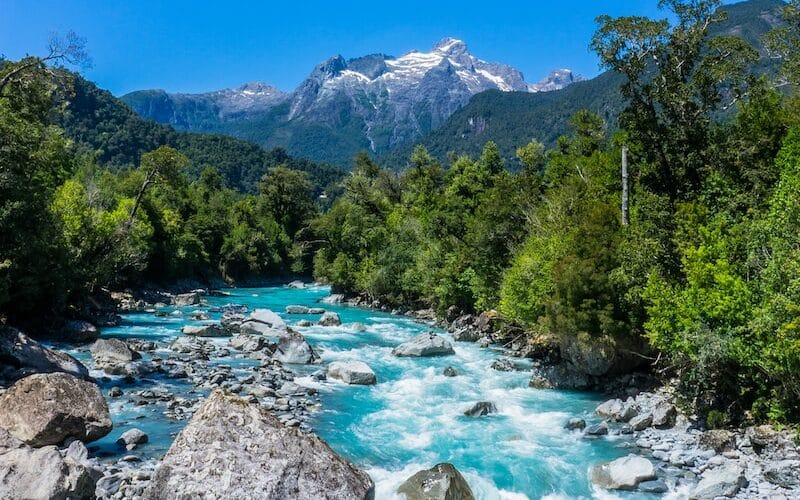21st Century Water Conservation Techniques

In the early days of the 21st century, the importance of water conservation has reached unprecedented heights. Climate change, population growth, and the increasing demands of industry have put tremendous pressure on our planet’s freshwater resources. In this era of environmental awareness and corporate responsibility, innovative water conservation techniques have become a cornerstone of sustainable business practices.
Statistics paint a grim picture of the global water crisis. According to the United Nations, over 2.2 billion people lack access to clean, safe drinking water, while 4.2 billion people lack access to proper sanitation services. These alarming figures underscore the urgent need for action to conserve and manage our precious water resources.

The Growing Water Crisis- an Business Imperative for Water Conservation
Businesses have a significant role to play in addressing this crisis. Not only is water a vital resource for their operations, but companies are also under increasing pressure from consumers and investors to adopt sustainable practices. Here are some compelling statistics that highlight the business imperative for water conservation:
- Resource Efficiency: Businesses account for about 20% of global water consumption. Reducing water usage not only lowers costs but also decreases a company’s environmental footprint.
- Consumer Preferences: According to a Nielsen survey, 66% of consumers are willing to pay more for products and services from companies committed to reducing their environmental impact. Water conservation is a key element of this commitment.
- Investor Demand: In recent years, sustainable investing has surged. In 2020, global sustainable investment assets reached $35.3 trillion, a 15% increase from 2018. Investors are increasingly looking at a company’s water management practices when making investment decisions.

21st Century Water Conservation Techniques
Businesses across the globe are recognizing the need to embrace innovative water conservation techniques. Here are some of the cutting-edge approaches that are transforming industries:
- Smart Water Metering: Advanced sensors and data analytics are enabling businesses to monitor and manage their water usage in real-time. This data-driven approach helps identify leaks, optimize consumption, and reduce water waste.
- Water Recycling and Reuse: Many industries, such as manufacturing and agriculture, are implementing water recycling systems. Treated wastewater can be used for non-potable purposes, reducing the strain on freshwater sources.
- Drought-Resistant Agriculture: Precision agriculture techniques, including soil moisture sensors and drip irrigation, help farmers optimize water use, conserve resources, and boost crop yields.
- Green Building Design: Sustainable building practices, like green roofs, rainwater harvesting, and efficient plumbing fixtures, are becoming standard in construction. These practices reduce both water consumption and energy costs.
- Water-Efficient Technologies: Innovations in appliances, fixtures, and industrial equipment are making it easier for businesses and individuals to reduce their water consumption without sacrificing performance.
Modern Methods of Water Conservation
Water conservation has become an increasingly critical practice in the face of growing water scarcity and climate change. Modern methods of water conservation leverage technology, innovation, and sustainable practices to ensure the efficient use of this precious resource. Here are some of the most effective and forward-thinking methods:
- Rainwater Harvesting:
Rainwater harvesting is a tried-and-true method that continues to gain popularity. It involves collecting rainwater from rooftops, surfaces, or specially designed catchment areas. This harvested rainwater can be used for various non-potable purposes, such as irrigation, flushing toilets, and washing cars. Rainwater harvesting helps reduce the demand on municipal water supplies and replenishes groundwater. - Greywater Recycling:
Greywater is wastewater generated from activities like bathing, laundry, and dishwashing, which can be reused for non-potable purposes. Modern systems treat and filter greywater to make it safe for irrigation and flushing toilets. This practice not only conserves water but also reduces the load on sewage treatment plants. - Smart Irrigation Systems:
Advanced irrigation systems equipped with sensors, weather data integration, and automation are revolutionizing agriculture and landscaping. These systems optimize water usage by delivering the right amount of water to plants based on their specific needs, reducing waste and overwatering. - Drip Irrigation:
Drip irrigation systems deliver water directly to the root zones of plants through a network of tubing and emitters. This method reduces evaporation and minimizes water wastage, making it an efficient choice for both agriculture and home gardens. - Low-Flow Fixtures:
Installing low-flow faucets, showerheads, and toilets in homes and commercial buildings can significantly reduce water consumption. These fixtures use less water while maintaining adequate performance, saving both water and energy used for water heating. - Xeriscaping:
Xeriscaping is a landscaping technique that focuses on using drought-resistant and native plants, minimizing the need for irrigation. This practice not only conserves water but also reduces the use of fertilizers and pesticides. - Leak Detection Technology:
Modern technology allows for the early detection of leaks in plumbing systems. Smart water meters and leak sensors can send alerts to homeowners or businesses when unusual water usage patterns are detected, preventing water wastage. - Wastewater Treatment and Reuse:
Advanced wastewater treatment technologies can purify sewage water to a level suitable for potable use. While this may not be widely implemented yet, it holds potential for addressing water scarcity challenges. - Educational Campaigns and Water Conservation Apps:
Technology has also enabled the development of apps and platforms that help individuals and businesses track their water usage and find ways to reduce it. Education and awareness campaigns play a crucial role in promoting water conservation practices.
The Bottom Line
In the 21st century, modern methods of water conservation are essential to ensure the sustainable use of this finite resource. Rainwater harvesting, greywater recycling, smart irrigation systems, low-flow fixtures, and other innovative approaches are not only environmentally responsible but also cost-effective. By implementing these methods at both individual and community levels, we can contribute to a more water-efficient and sustainable future while addressing the global water conservation challenge.
Water conservation is no longer just a moral obligation; it’s a strategic imperative for businesses in the 21st century. Companies that embrace water-saving technologies and practices not only contribute to a sustainable future but also enjoy financial benefits and increased stakeholder trust.





